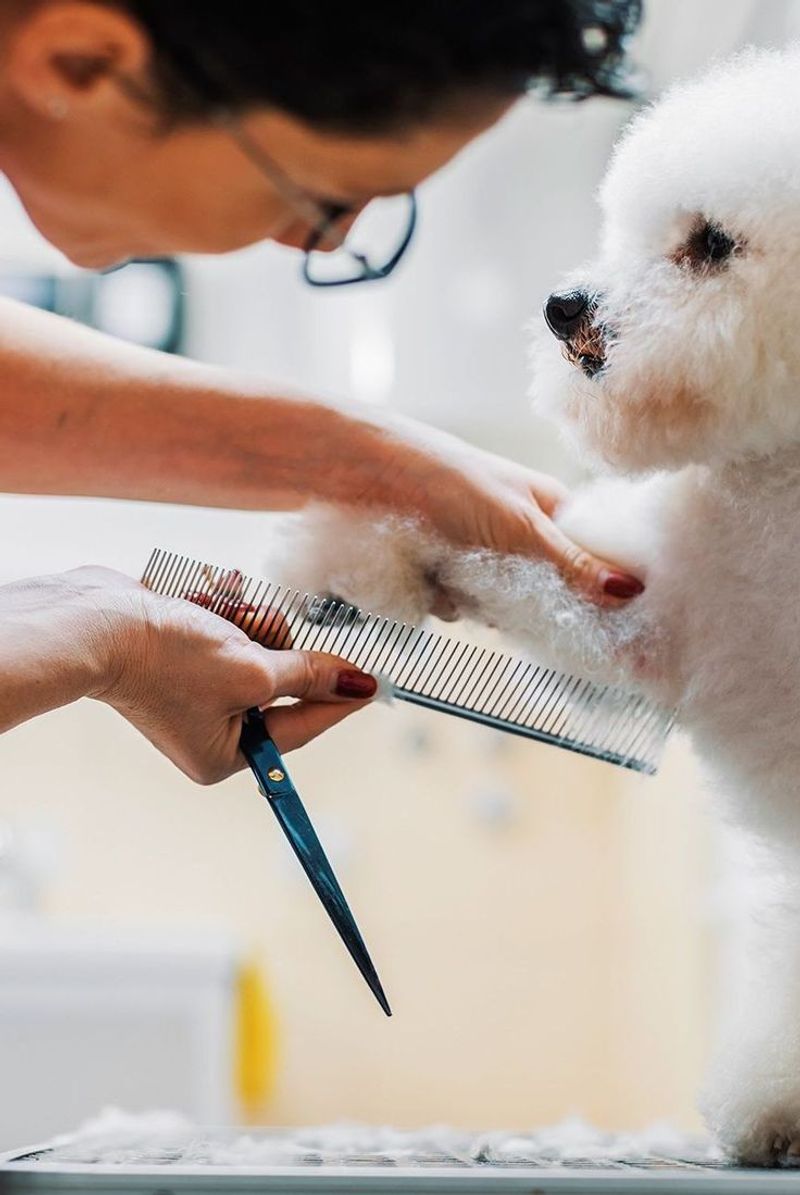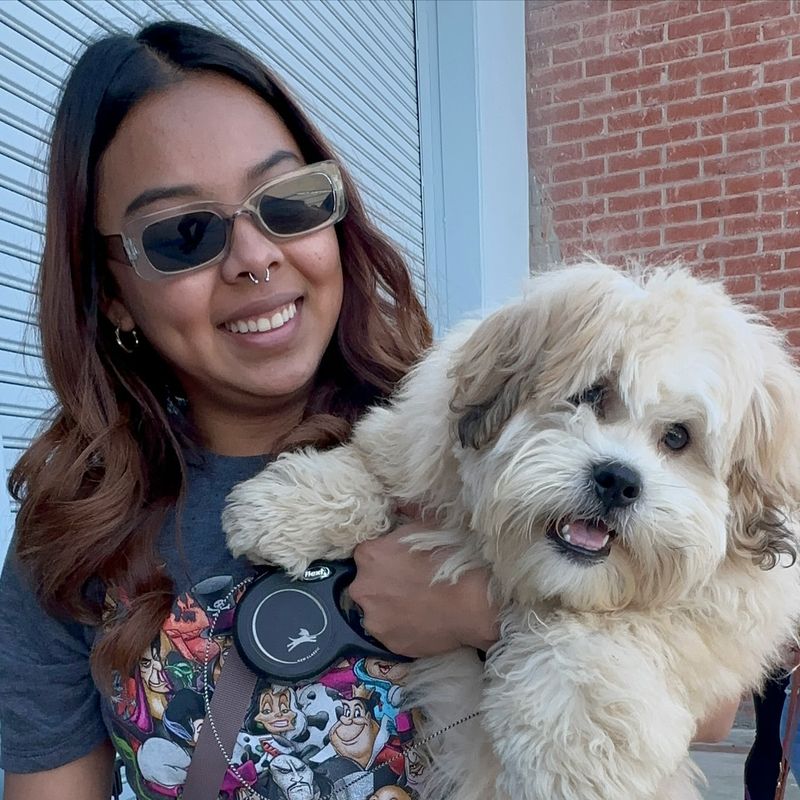Owning a dog brings joy and companionship, but it also comes with unexpected expenses that can catch new dog owners by surprise. While many anticipate the cost of food and veterinary visits, there are several hidden costs that can add up over time. Understanding these can help prospective dog owners make informed decisions and manage their budgets effectively. Here are ten hidden costs to consider when bringing a furry friend into your home.
Initial Veterinary Costs
When you first bring a dog home, initial veterinary costs can be surprising. These include vaccinations, microchipping, and neutering or spaying. Each procedure ensures your pet’s health and longevity.
Beyond the basic health measures, an initial vet visit may uncover pre-existing conditions, requiring additional care. New dog owners should be prepared for these potential expenses.
Investing in health early can save money in the long run. However, budgeting for these initial costs is crucial to avoid financial strain. Veterinary advice is invaluable during these initial stages.
Pet Insurance
Pet insurance is often overlooked, but it could be a lifesaver. Monthly premiums vary based on coverage and the dog’s age and breed. Many owners skip this step, thinking their dog will always be healthy.
Unexpected illnesses or injuries can result in hefty veterinary bills, making insurance a wise investment. It’s essential to research policies and understand what they cover.
While insurance might seem like an unnecessary expense for a young, healthy pet, it protects against unforeseeable incidents. Choose a policy that aligns with your dog’s needs and your budget.
Training Classes
Training classes are vital for a well-behaved pet. Costs can add up, especially if attending multiple sessions. Classes range from basic obedience to specialized training for behavioral issues.
Puppies, in particular, benefit greatly from structured learning environments. These classes teach essential commands and socialization skills.
While some owners opt for DIY training, professional guidance yields faster and more consistent results. Investing in training early ensures a harmonious relationship with your pet. It’s an expense that pays off in long-term peace of mind.
Grooming Expenses
Grooming is more than just a luxury; it’s a necessity for many breeds. Regular grooming prevents mats and skin issues, but it comes with a price tag.
Depending on your dog’s coat type, professional grooming might be needed every few weeks. This includes baths, haircuts, and nail trims, which can add up over time.
Some owners choose to groom at home to save money, but professional groomers offer expertise and convenience. Plan for these recurring costs to keep your dog looking and feeling its best.
Pet Boarding
Traveling can be stressful for pet owners, especially when pet-friendly accommodations aren’t available. Boarding facilities offer a safe haven but can be costly, especially for extended stays.
Some facilities provide luxury amenities, increasing the price. It’s essential to budget for these moments when planning vacations or work trips.
Alternatives include pet sitters, but they also come with a fee. Weigh the options and choose what’s best for your pet’s comfort. Ensuring your dog’s well-being while you’re away is worth the expense.
Unexpected Medical Emergencies
Emergencies are unpredictable, and so are their costs. These unforeseen medical situations can lead to significant financial strain if unprepared.
Dogs, like humans, can fall ill suddenly or suffer injuries, requiring immediate attention. Emergency vet visits are pricier than regular check-ups.
Having an emergency fund specifically for your pet can alleviate stress. Allocating part of your budget for these emergencies ensures your dog’s health isn’t compromised due to financial constraints. It’s a precaution every pet owner should consider seriously.
Replacement of Damaged Items
Dogs are naturally curious and sometimes destructive, especially when young. They may chew furniture, shoes, or other household items, leading to replacement costs.
Investing in training and providing proper chew toys can mitigate such damage, but accidents happen. Understanding this hidden cost can prepare owners for unexpected repairs or replacements.
Patience and diligence in training can reduce these incidents over time. Budgeting for potential damages helps ease the frustration when they occur. It’s a part of dog ownership that often goes overlooked.
Flea and Tick Prevention
Keeping your pet free from fleas and ticks is essential, yet it involves regular expenses. Treatments like topical applications or oral medications are necessary, especially in warmer months.
Neglecting this aspect can lead to infestations, affecting your dog’s health and your home. Preventative measures are more cost-effective than treating an infestation.
Owners must commit to consistent treatment schedules. Consulting your vet on the best prevention for your dog’s lifestyle ensures effective protection. It’s a manageable cost that safeguards your pet’s well-being.
Pet Accessories and Toys
Beyond the basics, keeping your dog entertained requires toys and accessories. Over time, these costs can add up significantly. Dogs benefit from mental and physical stimulation, which toys provide.
Rotating toys and choosing durable options can extend their lifespan, saving money. Accessories like leashes, collars, and beds also contribute to these hidden costs.
Planning your purchases and prioritizing quality over quantity ensures your dog remains happy without overspending. It’s all about finding the right balance to meet your pet’s needs.
Regular Dental Care
Dental care is crucial for a dog’s overall health, yet often overlooked. Regular brushing and professional cleanings prevent tartar buildup and dental disease.
Supplies like toothbrushes and pet-safe toothpaste are recurring costs, but necessary for maintaining oral hygiene. Ignoring dental care can lead to costly procedures later.
Establishing a routine early can save money and discomfort for your pet. Consult your veterinarian for the best dental care practices. It’s a small but vital part of your dog’s health regimen.










